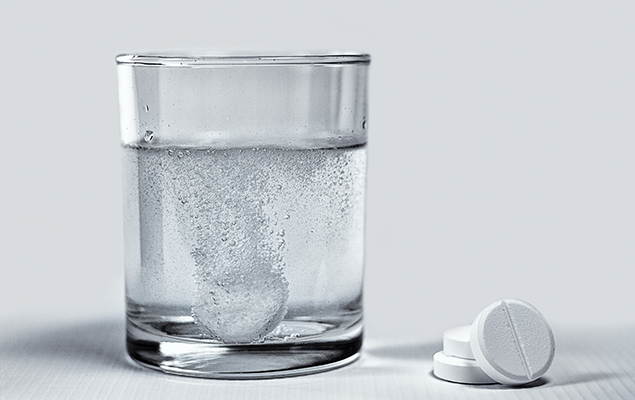Drug residues are the releases of drugs into the environment.
Today, France is one of the largest consumers of medicines in the world. More than 3000 active ingredients for human use and 300 for veterinary use are currently available on the French market.
There is a wide variety of drug families for human and veterinary use:
- anti-epileptic (carbamazepine),
- anti-inflammatory and painkillers (ibuprofen, diclofenac),
- anxiolytic (oxazepam),
- antibiotics (sulfamethoxazole),
- hormonal treatments (epiandrosterone, estradiol)...
These medicinal molecules found in water have several origins:
- the majority of this type of pollutant is attributable to our own bodily discharges (by urinary or faecal route),
- the disposal of expired medicines in toilets and washbasins,
- discharges from farm animals (urine and excrement), residues of medicines used to treat them or to facilitate their growth,
- industrial (pharmaceutical industry) or hospital discharges.
Concentration levels in natural waters vary according to the chemical stability, biodegradability, physico-chemical characteristics of the molecules and the performance of the treatment plants.
Issues related to drug residues
The presence of drug residues in drinking water is a major concern for the scientific community and public authorities.

Potentially dangerous residues
Even if the concentrations in water are very low, some of these drug residues have been found to have measurable effects on various aquatic species (in particular fish and amphibians). Drug residues are therefore considered to be pollutants likely to affect the quality of aquatic environments. Vigilance regarding these products is therefore necessary. The consumption of medicines in very low doses over long periods of time or by cocktail effect can have toxic effects on our health. Over time, the molecules of drug residues can reach the water table and end up in water intended for consumption.
Untreated pollutants
Current wastewater treatment plants are not able to treat trace amounts of micropollutants such as drug residues. Elimination rates in WWTPs vary greatly depending on the molecules.
Limitations of conventional methods
Despite awareness of this type of pollution, water monitoring standards have not yet evolved enough. The subject of many national and European plans, these drug residues raise questions. Their very wide range of chemical structures and the lack of knowledge of their potential effects make it difficult to set up regulatory physico-chemical analyses.
Things to remember
- These potentially dangerous molecules in water are monitored
- To date, there are few or no existing standards for these molecules present in water
TAME-WATER'S CONTRIBUTION
With its innovative approach based on bioassay panels, Tame-Water assesses the impact of potential micropollutants present in water on living organisms sensitive to drug residues.
Through specific laboratory services, Tame-Water evaluates the effects of chemical toxic concentrations including those related to the presence of drug residues.

